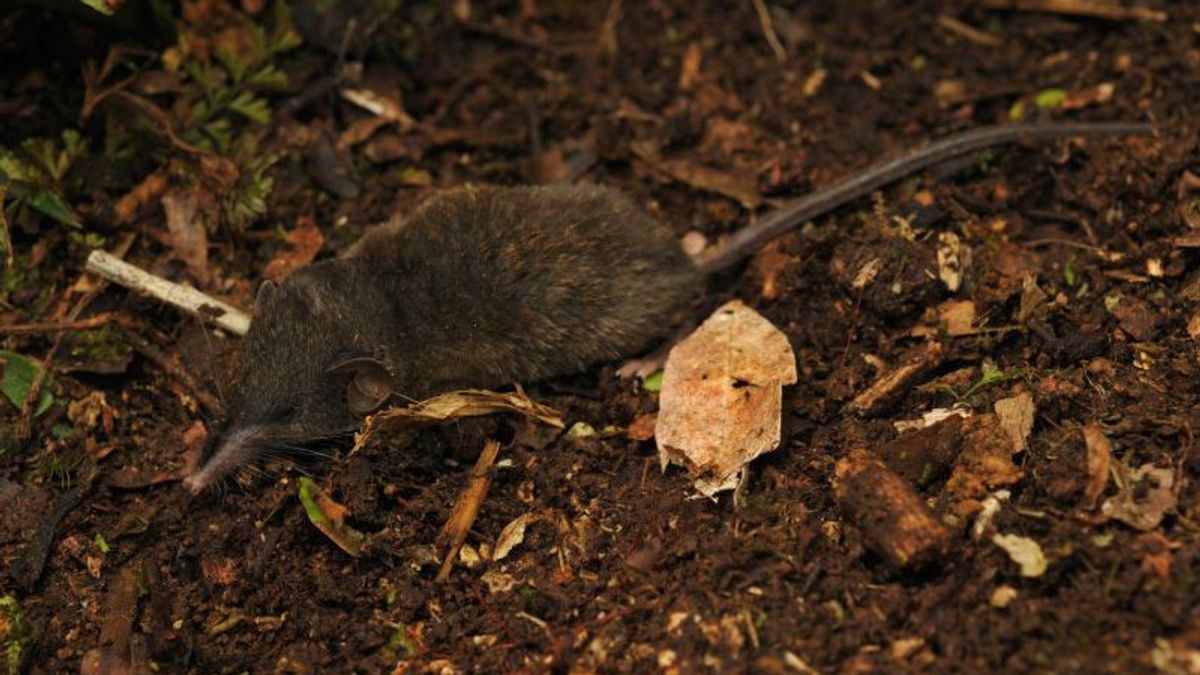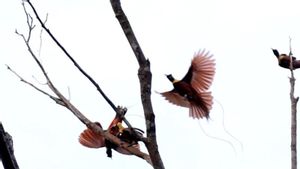JAKARTA - A total of 14 new types of shrews were discovered in Sulawesi through research conducted for more than a decade by the Biological Research Center of the National Research and Innovation Agency (BRIN) together with foreign partners.
The research was carried out by BRIN Biological Research Center researcher Anang S Achmadi together with a mammal expert from Louisiana State University (LSU) the United States Jake Esselstyn and a mammal expert from the Australian Museum of Victoria, Kevin C Rowe.
"This discovery was revealed when we and our team examined nearly 1,400 shrew specimens intensively," said Anang, who is also the Acting Head of the BRIN Biological Research Center in a written statement received by Antara in Jakarta, Monday, December 20.
The discovery is the largest known discovery of a mammal group since 1931.
Through confirmation of molecular and morphological data of new specimens collected since 2010 and 2018 with old specimens collected since 1916, Anang and his colleagues succeeded in identifying around 21 types of shrews from Sulawesi, of which 14 shrews were new species.
"This discovery adds to the diversity of Sulawesi shrews to three times more than is known from any other island," said Anang.
This discovery adds to the information and inventory of fauna, especially mammals, in Indonesia. Further research certainly needs to be done to reveal more of Indonesia's biological wealth.
SEE ALSO:
Anang said that currently researchers are still conducting research and describing new types of mammals.
The discovery is also a major milestone in the research of Professor Jake Esselstyn of LSU's Department of Biological Sciences. He is interested in testing ecological and evolutionary hypotheses that might explain the diversity of shrews in Indonesia.
Together with Anang, Esselstyn began researching groups of mice on the island of Sulawesi since 2010. It turned out that they realized that there were too many unknown species to test this hypothesis.
For information, shrews are a very diverse group of mammals. So far, 461 species have been identified.
These insectivorous animals have a very wide and worldwide distribution and are closer relatives of the hedgehog and mole than other mammals.
Some of the people who were also involved in the research expedition were Heru Handika who is a Doctoral student at LSU, Mark Swanson as an alumnus from LSU, and Thomas Giarla from Siena College New York.
The findings have been published in the Bulletin of the American Museum of Natural History, 454(1) : 1-108, with the title “Fourteen New Endemic Species of Shrew (Genus Crocidura) from Sulawesi Reveal a Spectacular Island Radiation, and can be accessed at the link https://doi.org/10.1206/0003-0090.454.1.1.
The English, Chinese, Japanese, Arabic, and French versions are automatically generated by the AI. So there may still be inaccuracies in translating, please always see Indonesian as our main language. (system supported by DigitalSiber.id)


















